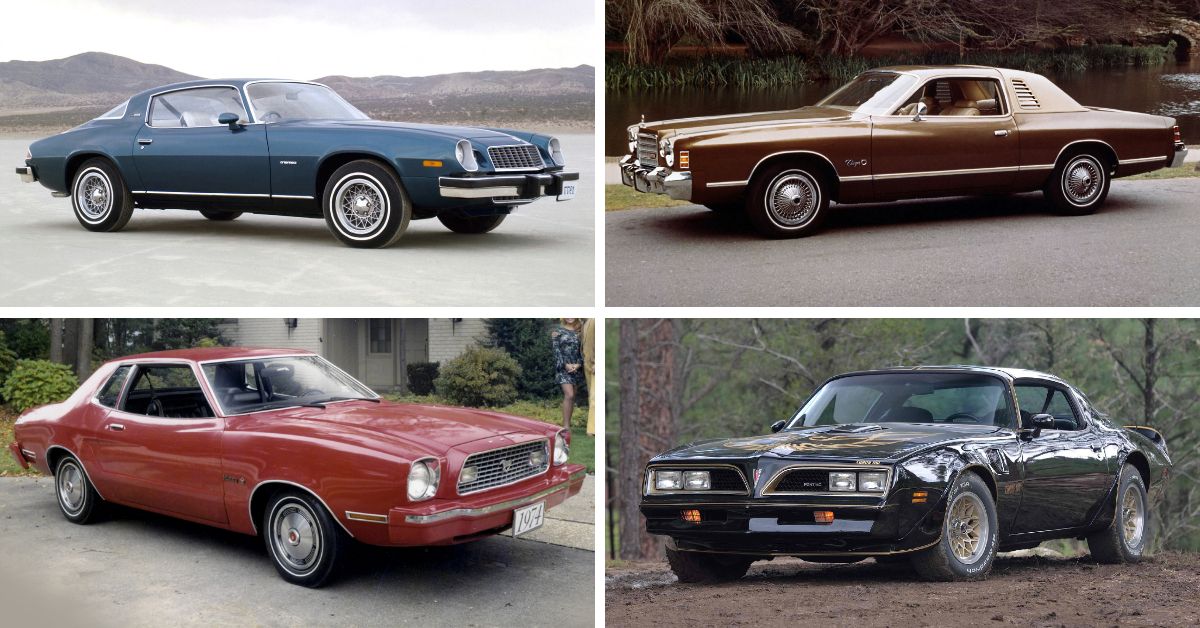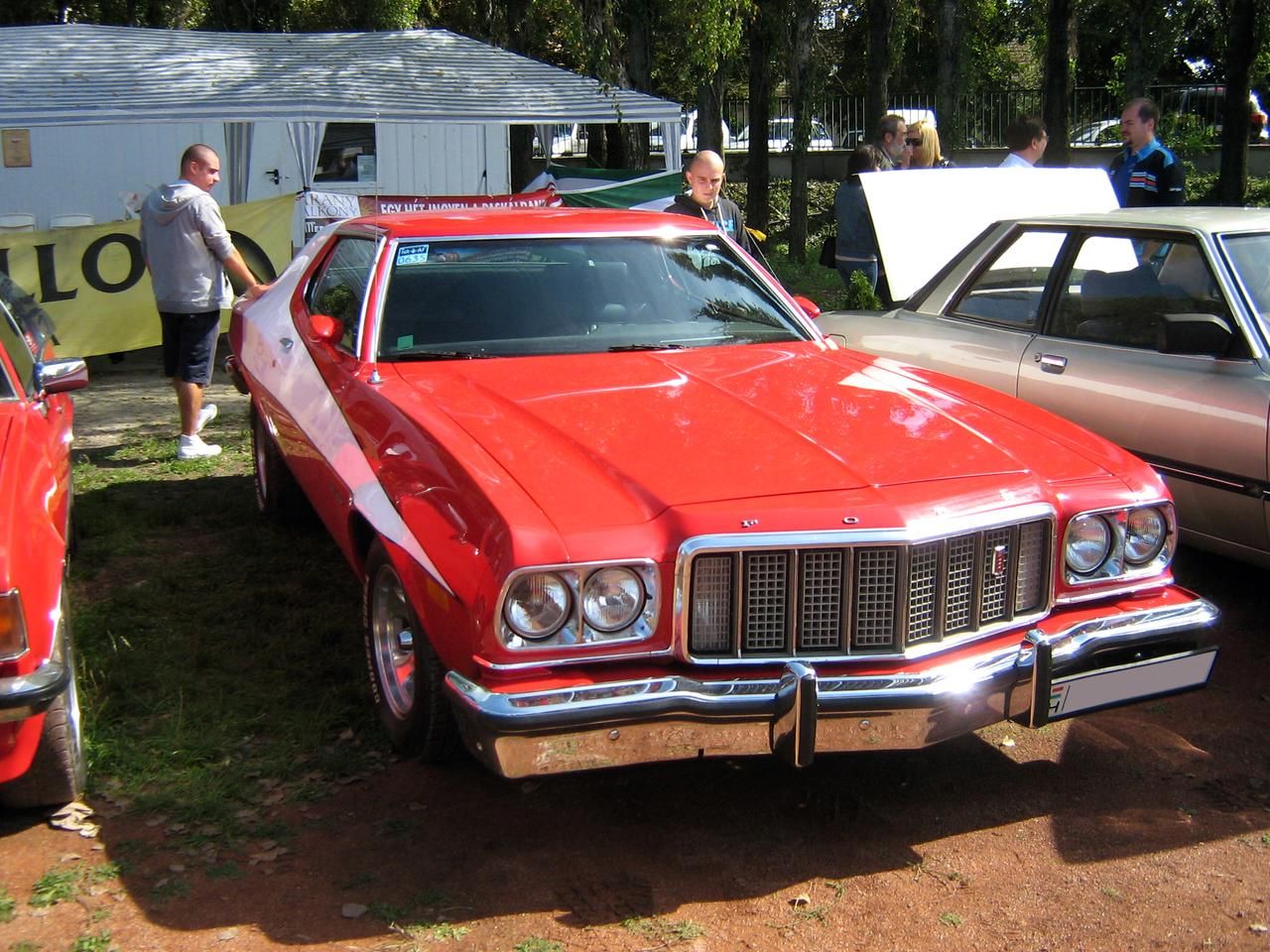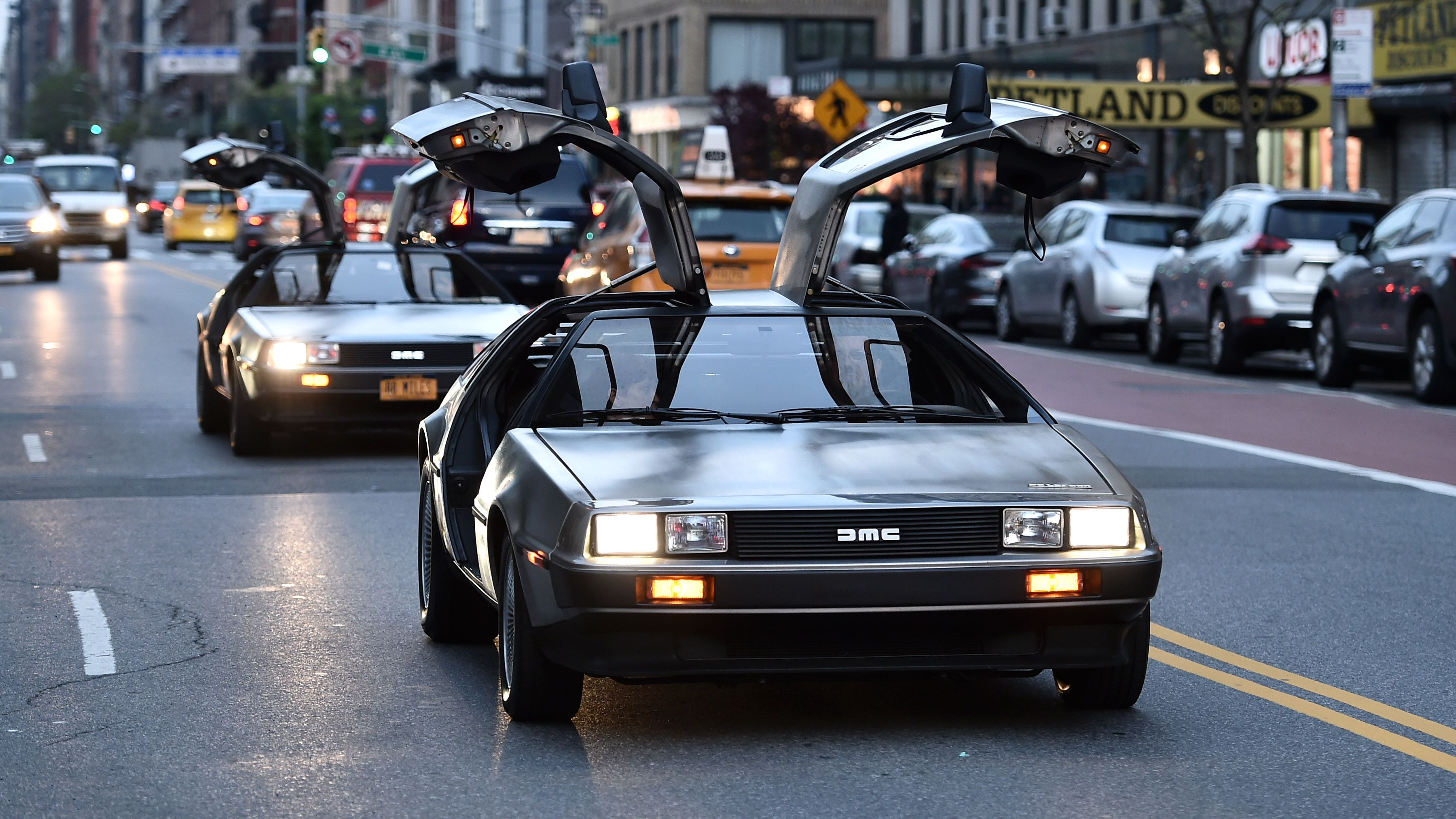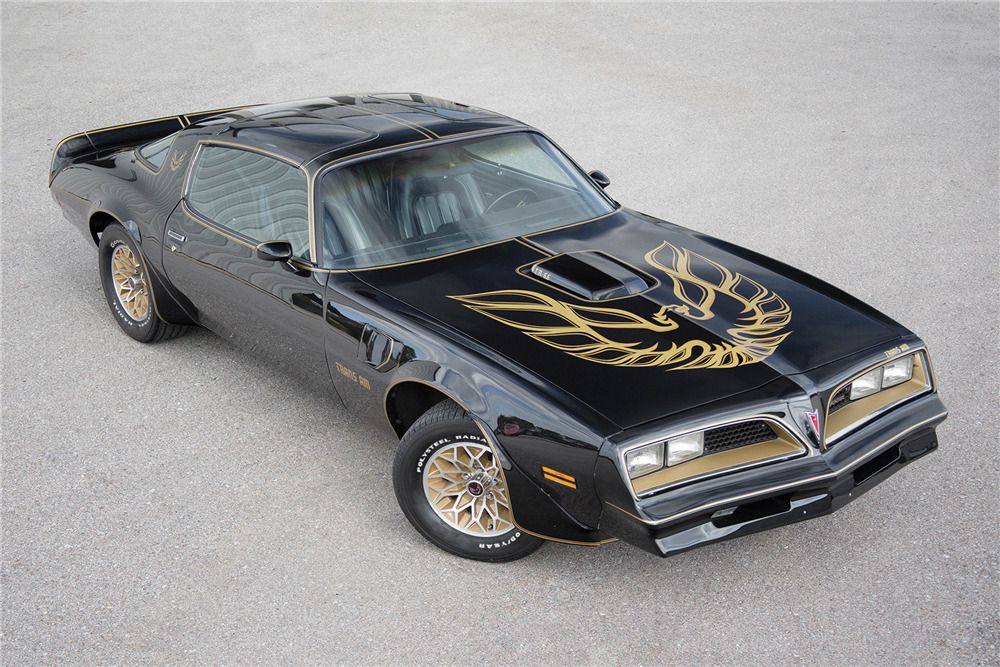Some car enthusiasts who came of age during the Malaise Era might feel cheated, that they did not get to experience the muscle car phenomena. Fear not, there were a few muscle car worthy vehicles during this period.
It is true that the oil crisis of the early 1970s had a negative impact on the cars and engines that were the building blocks for the muscle car era. Oil became so expensive (due to OPEC) which in turn led to gas shortages. In certain locations, people were having to wait in their cars for hours, with lines wrapping around the block. Even gas rationing took place. For many individuals, gas guzzling vehicles no longer had a place in their lives. Not everything was doom and gloom on the roads. Muscle cars were still cruising around, just not as many new models.
Did muscle cars come to a quick and violent end? Of course not. Major changes did take place in car manufacturing, resulting in certain cars becoming slower and more fuel conscientious. These and other contributing factors led to a drop in car fatalities, beginning in the 1970s. The implementation of seat belts also had a huge, positive impact on the curbing of road fatalities.
There were still cool looking, fast muscle cars to be had in this period. You just had to look for them and filter them out from cars that looked as if they were fast but really were not muscle cars.
What Changed In The Muscle Car Arena
Engines got smaller between 1973 and 1983, plain and simple. Cars were made to be safer, but this had somewhat of a negative impact on muscle cars. The big block engines were obviously bigger than the small block engines. Yes, they were powerful, but they certainly were not fuel efficient, nor was the technology that advanced. To compensate for the loss of the big block engine, engineers had to become creative.
Take the 1974 Porsche Carrera for example, which had a turbocharged engine that could generate 234 hp. This type of technology, although it had been used in automobiles since the early 1960s, allowed for manufacturers to compensate with smaller, more fuel-efficient engines. Catalytic converters were mandated by the Environmental Protection Agency beginning in 1975. ABS brakes were starting to be offered in a select group of expensive cars. All these upcoming technologies had an impact on the manufacturing of muscle cars.
Cars That Attempted To Break The Downward Trend
What car looked like it would be super-fast and from the future? Look no farther than the DeLorean. Yes, it does look like something that perhaps Tesla would manufacture. When both doors are opened, the car looks like it has wings and could fly. The DeLorean was a futuristic, fast looking car but it topped out at 130 mph. It had a 2.85-liter V-6 that could generate 130 hp. Other vehicles that may have initially been considered muscles cars suffered from similar maladies.
There were other cars at the time that fared better than the DeLorean. Take the 1973 Dodge Charger. It was faster than the DeLorean, although still slower than many of the muscle cars from the late 1960s and early 1970s. The Charger, with a SE 318 V-8 engine, could generate 150 hp and could go zero to sixty in just under 10 seconds. Not a speed demon by any means, but as mentioned before, the cars during the malaise era were not known for being fast.
The Best Malaise Muscle Car Is
When it is all said and done, the best muscle car of the malaise era goes to the Pontiac Firebird Trans Am and here is why. It sported a 455 cubic inch V-8 that could generate 200 hp. The car looks amazing and would appear as if it could accelerate at an incredible pace. The reality was, it still was not that fast by today's standards, as it would turn in a zero to 60 time of 8.1 seconds, but this time was very respectable for its time.
It is true that the 1978 Porsche 911 SC could outperform the Trans Am in zero to sixty, but the Porsche is considered a sports car, not a muscle car. Even the mighty Corvette had its wings clipped so to speak. The 1976 Corvette did not generate more than 200 hp, even with the latest technologies.
Let us not forget that the Trans Am is probably one of the most famous cars to come out of the 1970s, due to the tremendous popularity of the movie 'Smokey and the Bandit'. Just about anyone who enjoys muscle cars will recognize the Trans Am with its sporty T-tops and painted hood. Of course, there were the incredible stunts that took place as well. In the movie, the car was driven by the actor Burt Reynolds, who's own fame added to the overall allure of the vehicle.




